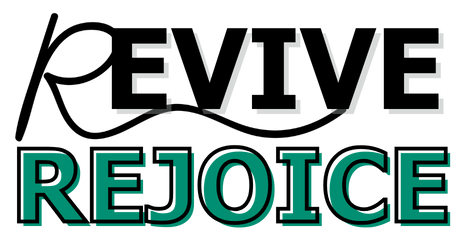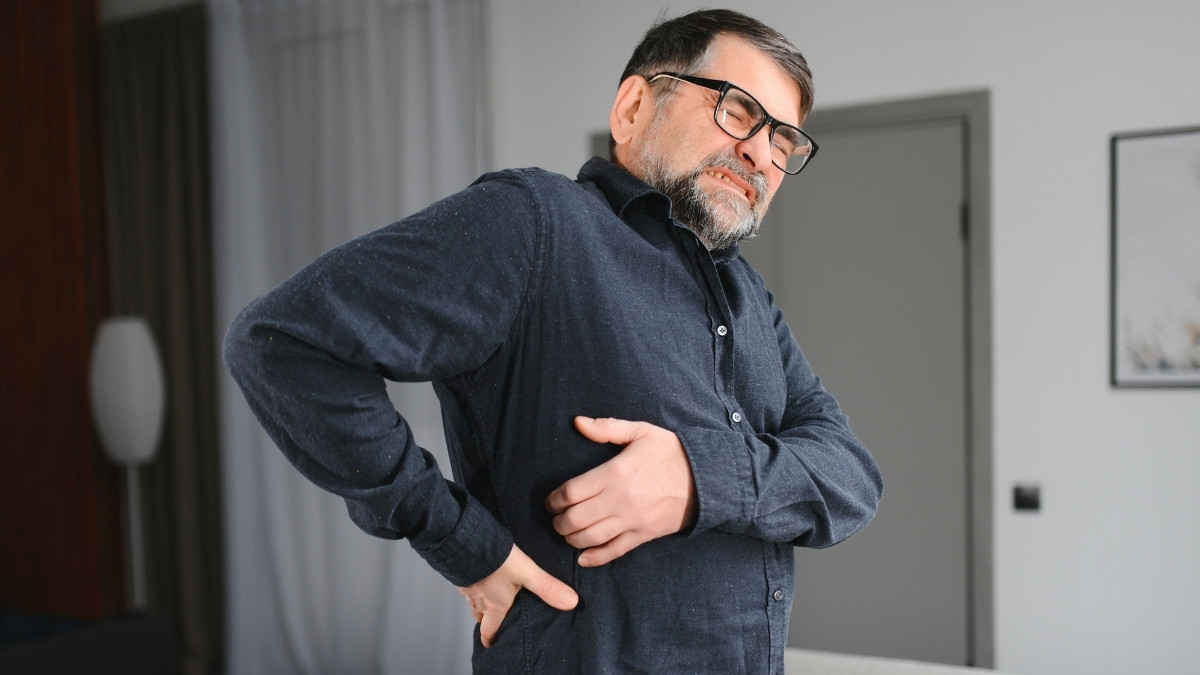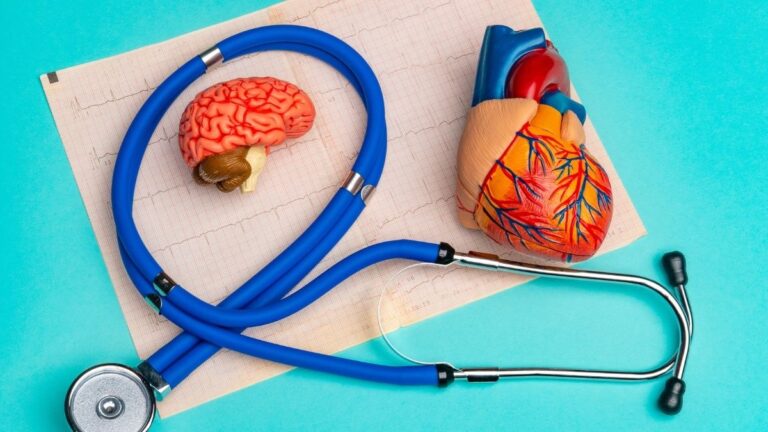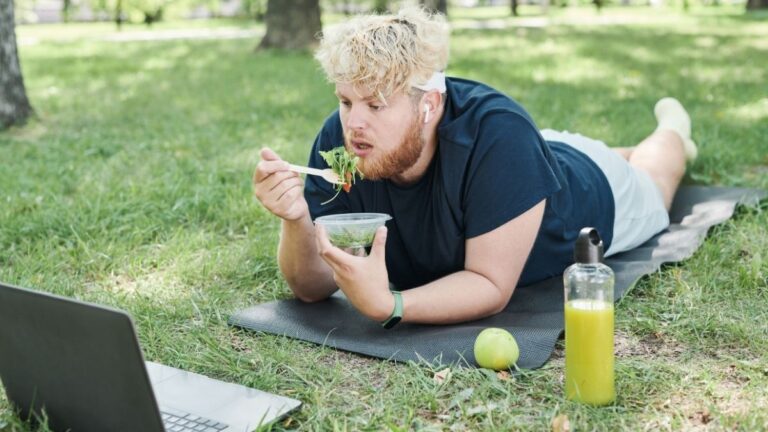The “Healthy” Foods That Are Actually Toxic to Your Failing Kidneys (And You’re Probably Eating Them Daily)
Your morning avocado toast, that ‘healthy’ whole wheat sandwich, and your daily banana smoothie could be silently destroying your kidneys. For those with chronic kidney disease (CKD), many “superfoods” promoted for general health contain dangerous levels of minerals, contributing to the rising global burden of diet-related CKD.
Now, startling 2025 research from the University of Wollongong challenges traditional dietary rules, suggesting some restrictions may do more harm than good.
This article cuts through the confusion, revealing 7 high potassium foods to question, the critical difference between natural and additive minerals, and practical swaps for a truly kidney-friendly diet, helping you navigate which “healthy” foods to avoid with kidney disease.
Kidney-Killer vs. Kidney-Safe Food Swaps!
Why “Healthy” Foods Become Toxic With Kidney Disease
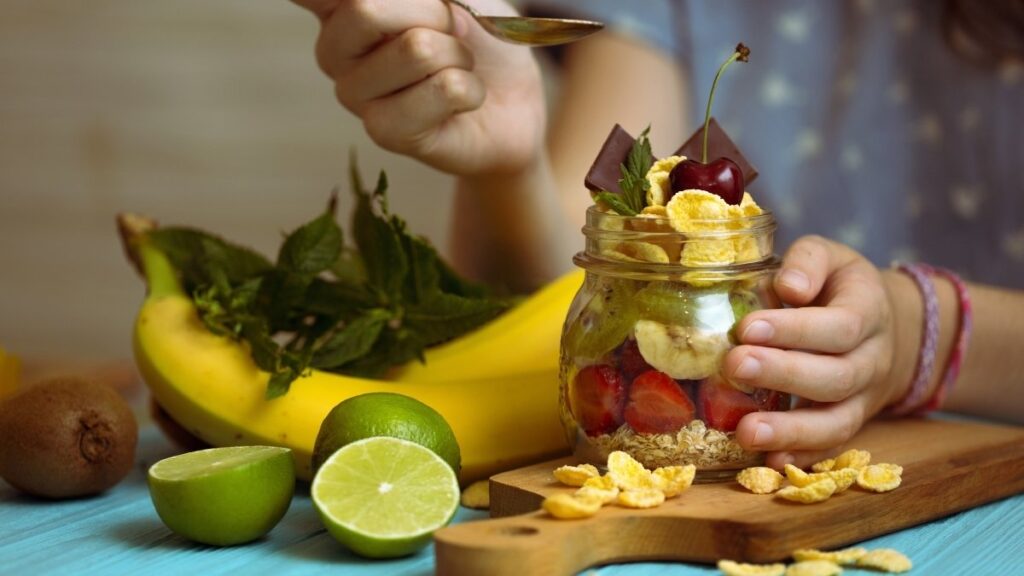
Your kidneys work hard every single day. When they’re healthy, they filter about 200 quarts of blood daily. That’s like cleaning 50 gallons of water.
But when kidney disease hits, this system breaks down.
Your kidneys can’t remove excess minerals anymore. Potassium builds up in your blood. So does phosphorus and sodium. These minerals don’t just sit there harmlessly. They create real danger.
Here’s what makes this confusing: The same foods your doctor praised for years can now hurt you.
Take whole wheat bread. Most people think it’s better than white bread. And for healthy kidneys, it is. But whole wheat packs 76mg of phosphorus per slice. White bread has only 32mg. Your damaged kidneys struggle to handle that extra load.
The phosphorus story gets worse. There are two types, and this matters a lot.
Natural phosphorus from plants gets absorbed at 30-70%. Your body only takes in part of it. But phosphorus additives in processed foods? Your body absorbs 100% of them. Every single bit goes into your blood.
And here’s the kicker: Food labels in the U.S. don’t have to tell you how much phosphorus is inside. You can’t even see it coming.
Your potassium levels need to stay between 3.5 and 5.0 mEq/L. Go too high and your heart rhythm gets dangerous. Go too low and you feel weak. Kidney disease makes this balance almost impossible without careful food choices.
But there’s surprising news from 2025. New research from the University of Wollongong shows that diverse plant-based diets might actually help kidney disease patients. People who ate 30 or more different plant foods each week saw better gut health. Their blood toxins dropped. Their urine toxins decreased too.
This changes everything we thought we knew. The old advice to avoid plant foods might have been wrong. The real enemy isn’t natural plant phosphorus. It’s the additives hiding in processed foods.
Your kidney function determines what’s safe for you. Stage 3 kidney disease is different from stage 5. What works for one person might harm another.
The 7 “Healthy” Foods Secretly Harming Your Kidneys
1. Whole Wheat Bread & Brown Rice
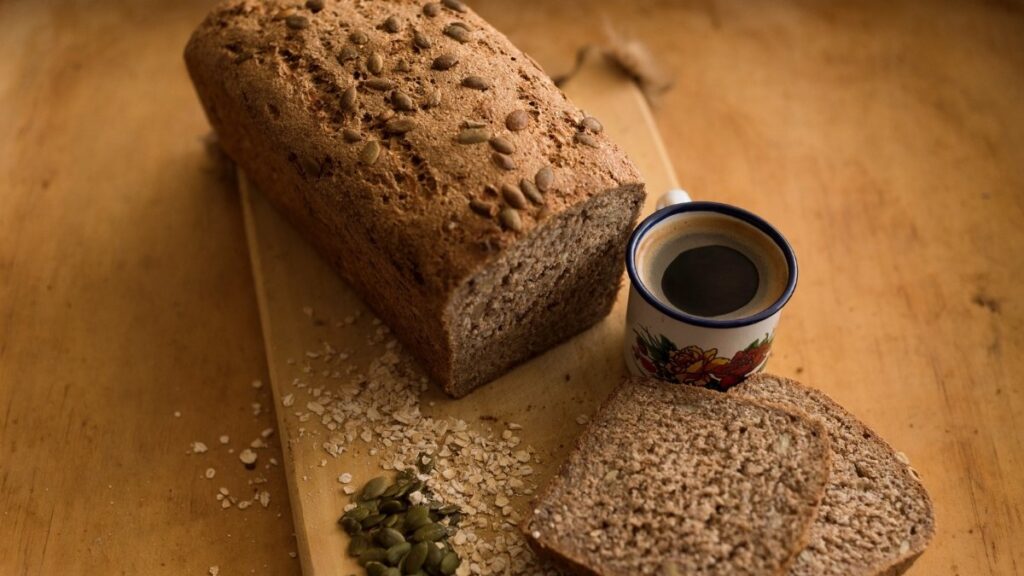
Everyone says to choose whole grains. They’re packed with fiber, vitamins, and minerals. Your doctor probably recommended them for years.
Then kidney disease changed the rules.
Whole wheat bread contains 76mg of phosphorus per slice. White bread has just 32mg. That’s more than double. And brown rice? One cup gives you 149mg of phosphorus and 95mg of potassium. White rice only has 69mg phosphorus and 54mg potassium.
But here’s what’s interesting. Your body only absorbs 30-40% of the organic phosphorus in whole wheat. The rest passes through. Compare that to phosphorus additives in processed foods, which get absorbed completely.
The 2025 research from the University of Wollongong suggests we’ve been too strict about whole grains. Traditional restrictions might have done more harm than good. Cutting out all whole grains removes important fiber and nutrients your gut bacteria need.
So what should you do?
Try white rice, couscous, bulgur, or pearled barley instead. These give you carbs without the extra phosphorus load. If you really want whole wheat bread, limit yourself to one slice instead of two. And always check the ingredient list for words with “PHOS” in them. Those signal phosphorus additives.
2. Avocados & Guacamole
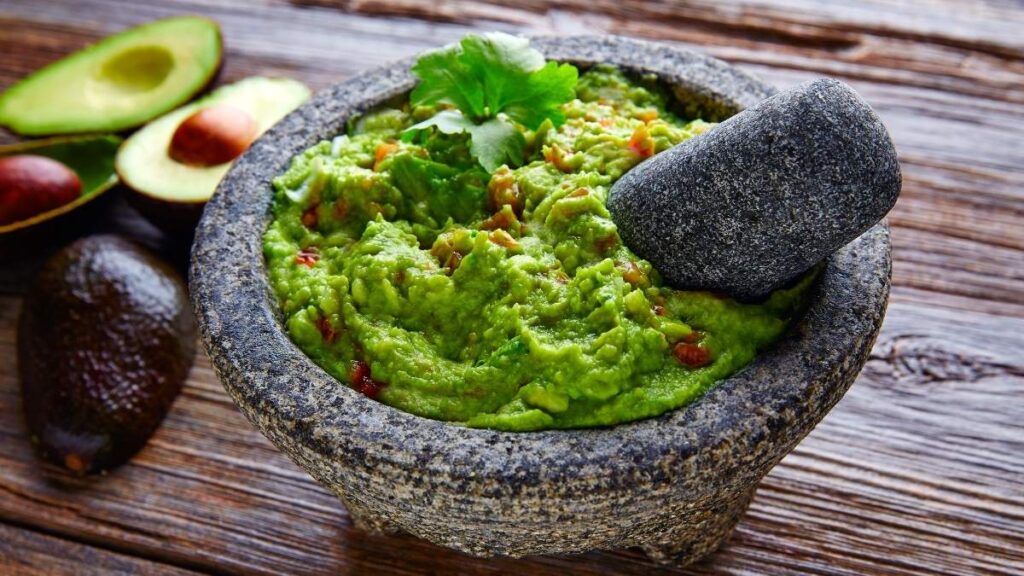
Avocados are trendy for good reasons. They’re full of heart-healthy fats. They taste amazing. Nutritionists love them.
But one average avocado contains 690mg of potassium. That’s a lot when you’re trying to stay under 2,000mg per day.
Even a quarter of an avocado gives you 172mg of potassium. That might not sound like much. But it adds up fast when you eat other foods throughout the day.
Your body absorbs potassium from animal foods at higher rates than from plants. But avocados are so concentrated with potassium that they still create problems. The National Kidney Foundation warns that even small amounts can push your levels too high.
Guacamole makes this worse. You can’t control portions when you’re dipping chips. One scoop leads to another. Before you know it, you’ve eaten half an avocado or more.
If you miss avocados, talk to your kidney dietitian first. They might clear you for a quarter portion occasionally. But skip the guacamole entirely. The risk isn’t worth it.
3. Dark-Colored Sodas & Cola
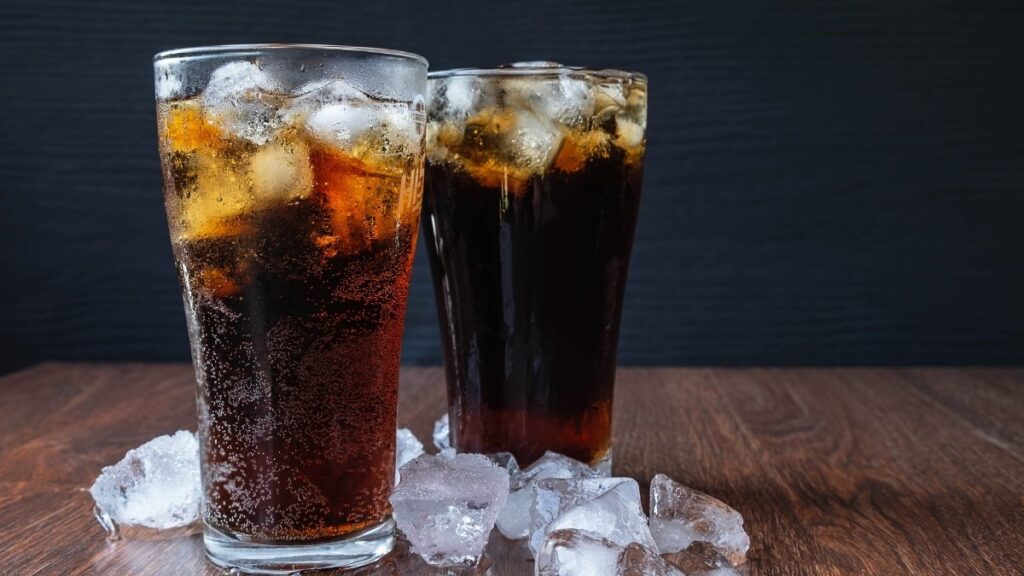
Cola drinks do double damage to your kidneys.
First, sugar-sweetened beverages increase your risk of chronic kidney disease by 1.30 times. They raise urate levels in your blood too. This comes from recent research published in Frontiers.
Second, dark sodas contain additive phosphorus. A 12-ounce cola has 33.5mg of highly absorbable phosphorus. Remember, your body takes in 100% of additive phosphorus. None of it gets wasted.
This phosphorus pulls calcium out of your bones. Over time, your skeleton gets weaker. You face higher fracture risks on top of kidney problems.
The caramel color in dark sodas? That’s where a lot of the phosphorus hides. Clear sodas have less.
Your best move is switching to lemon water or other kidney-safe drinks. If you need something fizzy, clear sodas are better than dark ones. But you should still limit how much you drink. The sugar alone causes issues.
4. Bananas & Tropical Fruits
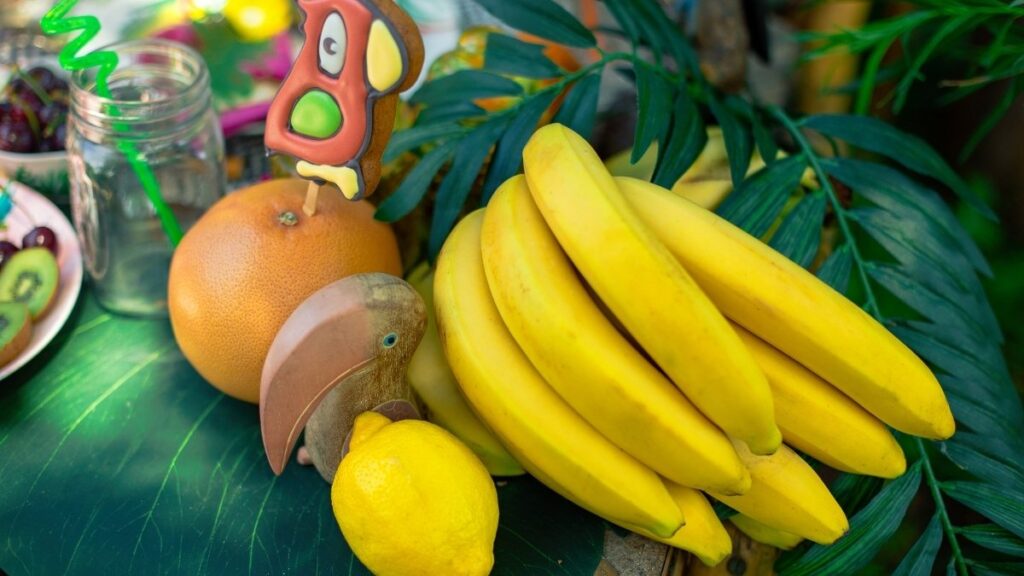
Bananas are the go-to healthy snack. They’re portable, sweet, and filling.
They’re also potassium bombs.
One medium banana packs 422mg of potassium. That’s 21% of a typical 2,000mg daily restriction. From one fruit.
Other tropical fruits stack up the same way. Mangoes, papayas, and kiwis all carry high potassium loads. They taste great but stress your kidneys.
Your safer choices are apples (106mg potassium), grapes, and cranberries. Pineapple is lower in potassium than other tropical fruits, so it’s okay in small amounts.
If you really love bananas, here’s a compromise. Eat one-third of a banana twice per week maximum. Track it alongside all your other potassium sources throughout the day. A banana at breakfast plus a baked potato at dinner might push you over the edge.
5. Nuts, Seeds & Nut Butters
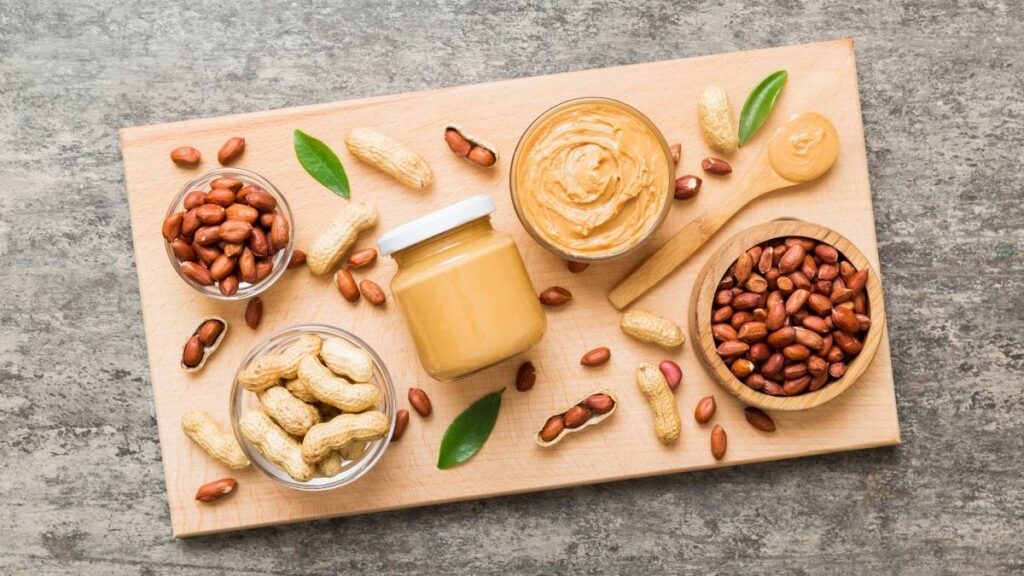
Nuts seem perfect for snacking. They have protein, healthy fats, and crunch.
But one ounce of almonds contains 208mg potassium and 137mg phosphorus. That’s just a small handful. Most people eat way more than an ounce in one sitting.
Peanut butter brings another problem. Two tablespoons contain 65mg of oxalates. Oxalates contribute to kidney stones. When your kidneys are already struggling, stones make everything worse.
The organic phosphorus in nuts gets absorbed at about 70%. That’s higher than whole grains but still less than processed food additives. Still, it’s enough to matter when you’re watching your numbers closely.
Check your peanut butter and almond butter labels. Some brands add phosphate additives to improve texture. Those make the phosphorus problem even worse.
Limit yourself to one tablespoon of nut butter 2-3 times per week. That’s not much, but it lets you enjoy the taste without spiking your levels. Choose brands with just one ingredient: nuts.
6. Dairy Products (Milk, Yogurt, Cheese)
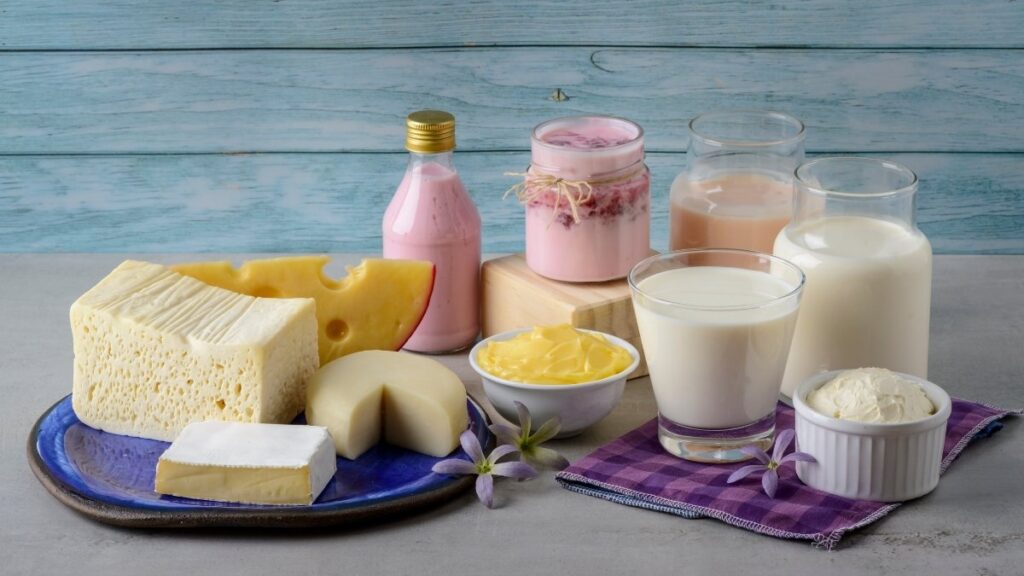
Doctors tell everyone to drink milk for strong bones. It’s loaded with calcium, right?
But one cup of whole milk contains 205mg phosphorus, 322mg potassium, and 8g protein. When your kidneys can’t filter properly, that’s too much of everything.
Here’s the weird part. Milk’s high phosphorus content actually pulls calcium FROM your bones instead of building them up. Your body tries to balance the phosphorus by stealing calcium from your skeleton.
Greek yogurt is even more concentrated. It has all the same problems in a smaller serving size.
Low-phosphorus cheeses are your better option. Try goat cheese, mozzarella, or Brie. They have less phosphorus than cheddar or American cheese.
For milk alternatives, choose unenriched rice milk or almond milk. But read every label carefully. Some brands add phosphate additives to improve texture or shelf life.
Keep dairy to 4 ounces daily maximum. That’s half a cup. Measure it at first so you know what it looks like.
7. Packaged “Health” Foods & Protein Bars
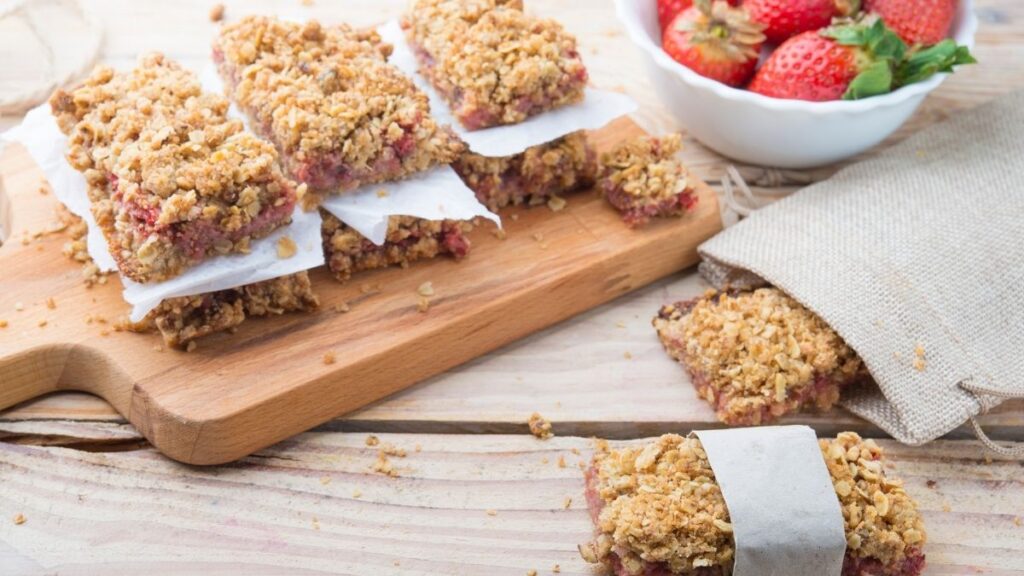
Food companies love adding “health” claims to ultra-processed foods. Enhanced waters, protein bars, instant oatmeal packets, and flavored yogurts all pretend to be good for you.
But they’re full of additives your kidneys can’t handle.
Potassium chloride shows up in lots of products. Sodium phosphate appears everywhere. These additives are 100% bioavailable, according to research published in Nature. Your body absorbs every bit.
The ingredient list tells you everything. Look for any word containing “PHOS”: disodium phosphate, trisodium phosphate, potassium tripolyphosphate. The National Kidney Foundation warns these are red flags.
“Low-sodium” products often swap regular salt for potassium chloride. That might help your blood pressure but destroys your potassium balance. You’re trading one problem for another.
Buy plain versions of foods instead. Get plain yogurt and add your own fruit. Choose plain oatmeal instead of instant packets. Make your own flavored water with lemon slices.
Reading ingredient lists takes extra time. But it’s the only way to catch these hidden dangers.
What Recent Research Reveals (The 2025 Game-Changer)
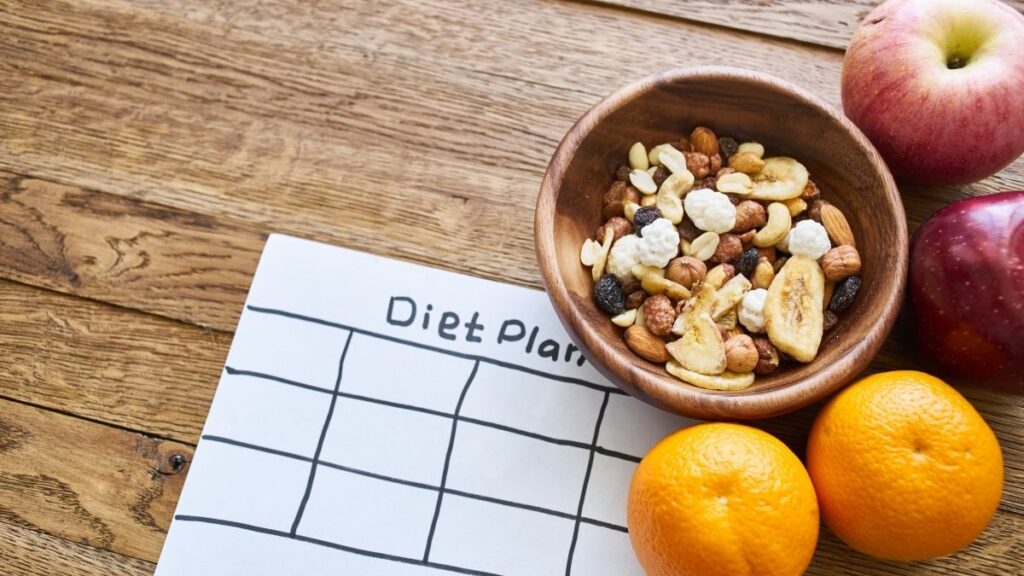
Everything you thought you knew about kidney disease diets might be wrong.
A study published March 17, 2025, in the Clinical Journal of the American Society of Nephrology flipped the old rules upside down. Researchers at the University of Wollongong found that plant-dominant diets actually helped kidney disease patients.
The patients who ate 30 or more different plant foods each week saw major improvements. Their gut health got better. The toxins in their blood dropped. Their urine showed lower toxin levels too.
Here’s what shocked researchers: The sickest patients gained the most benefits.
Associate Professor Kelly Lambert said the traditional restrictive approach “potentially did more harm than good.” For years, doctors told kidney patients to avoid plant foods. Cut the whole grains. Skip the beans. Stay away from vegetables with potassium.
But removing all those plant foods destroyed gut health. Your gut bacteria need fiber and variety to work properly. When your gut bacteria die off, toxins build up even faster.
The Plant-Dominant Low-Protein Diet (PLADO) emerged in 2025 as a better strategy. It offers benefits for your kidneys, heart, and metabolism. This comes from research published in MDPI.
But there’s a critical distinction you need to understand.
The problem isn’t whole plant foods. It’s ultra-processed additives. Natural phosphorus from whole grains only gets absorbed at 30-70%, according to studies in Nature and ScienceeDirect. Phosphorus additives get absorbed at nearly 100%.
Your body handles them completely differently.
This means you don’t need to fear all plant foods anymore. You need to avoid processed foods with additives. Big difference.
Individual variation matters more than blanket restrictions. Your kidney function is unique. Your potassium and phosphorus levels are different from other patients. Your stage of kidney disease determines what’s safe.
A diet that works for someone in stage 3 might be dangerous for stage 5. You need personalized guidance, not generic rules.
The 2025 research gives hope. You might be able to eat more variety than you thought. But you still need professional guidance to do it safely.
The 3-Step System to Eat Safely With Kidney Disease
Phosphorus Additives Decoder!
| Additive Name | Found In | Bioavailability | Action |
|---|---|---|---|
| Disodium phosphate | Processed meats, cheese, baked goods | 100% absorbed | AVOID |
| Trisodium phosphate | Cereals, prepared foods | 100% absorbed | AVOID |
| Sodium hexametaphosphate | Deli meats, canned fish | 100% absorbed | AVOID |
| Potassium tripolyphosphate | Seafood, processed chicken | 100% absorbed | AVOID |
| Phosphoric acid | Dark sodas, enhanced waters | 100% absorbed | AVOID |
| Sodium acid pyrophosphate | Instant potatoes, baking mixes | 100% absorbed | AVOID |
| Organic phosphorus (plants) | Whole grains, beans, nuts | 30-70% absorbed | MODERATE |
| Organic phosphorus (animal) | Meat, fish, eggs, dairy | 40-60% absorbed | LIMIT |
Step 1: Know Your Numbers
You can’t manage what you don’t measure. Get copies of your lab results every time you have blood work done.
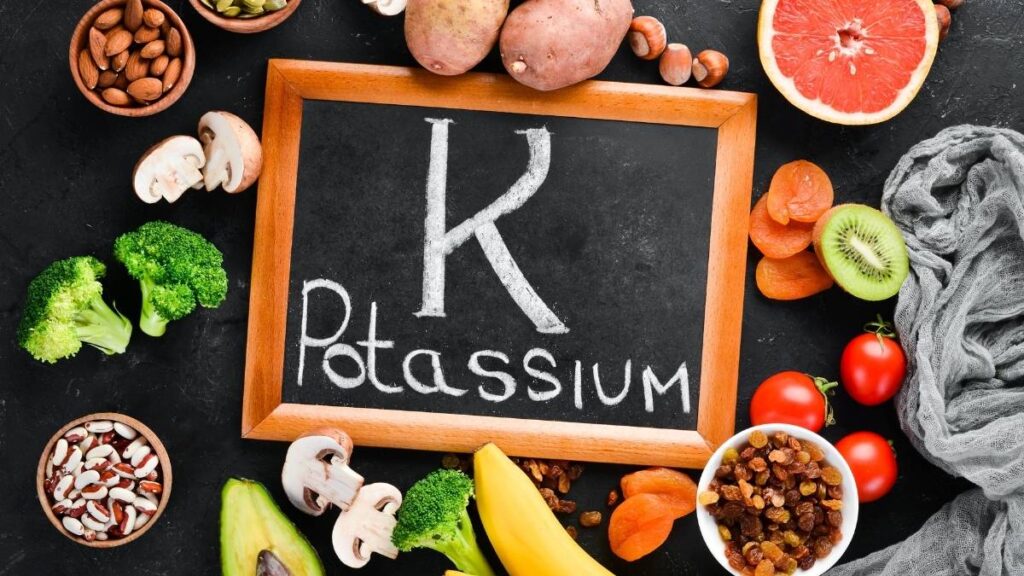
The key numbers to track:
- Potassium: Normal is 3.5-5.0 mEq/L
- Phosphorus: Normal is 2.5-4.5 mg/dL
- eGFR: Shows how well your kidneys filter
Sodium matters too. The 2020-2025 Dietary Guidelines recommend adults limit sodium to 2,300mg daily. But kidney disease patients often need less. Ask your doctor what your personal limit should be.
Don’t obsess over single values. Track trends instead. Is your potassium creeping up over months? That tells you more than one high reading.
Write your numbers down. Keep them in your phone or a notebook. Bring them to every doctor appointment.
Step 2: Read Labels Like a Detective
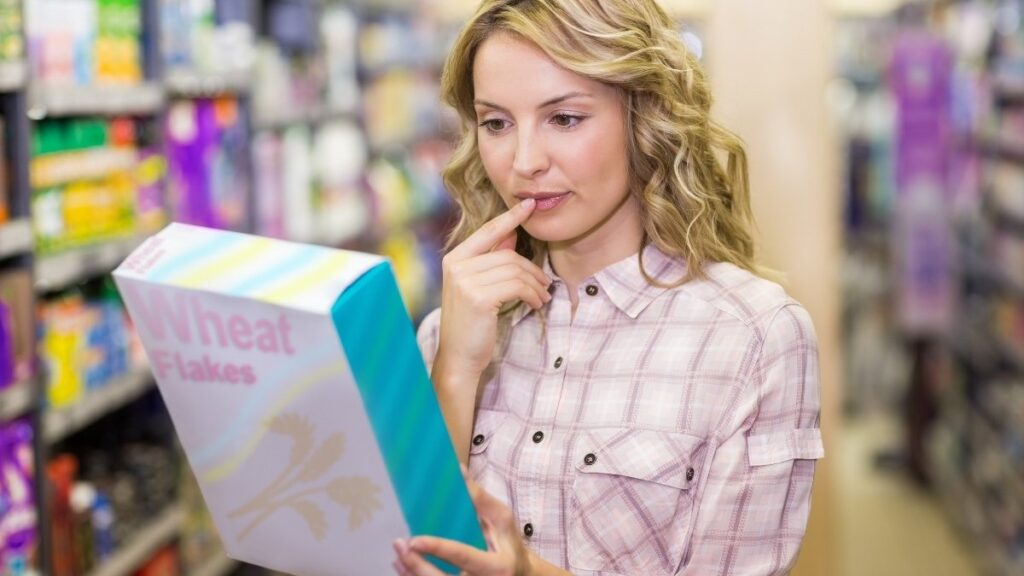
Food labels hide important information. You need to know where to look.
Check for phosphorus additives first. These words are warnings: disodium phosphate, trisodium phosphate, sodium hexametaphosphate, monosodium phosphate. Any ingredient with “PHOS” in it is a problem. The National Kidney Foundation lists these as major concerns.
Sodium shows up as a percentage of Daily Value. If it says 20% or higher, that’s high sodium. If it says 5% or less, that’s low sodium. Aim for low.
Watch out for potassium chloride in “low-sodium” products. Companies replace regular salt with potassium salt. Your blood pressure might improve but your potassium levels spike. That’s a dangerous trade-off.
The ingredient list matters more than the nutrition facts. Additives don’t always show up in the nutrition panel, especially phosphorus.
Step 3: Apply the Portion Rule
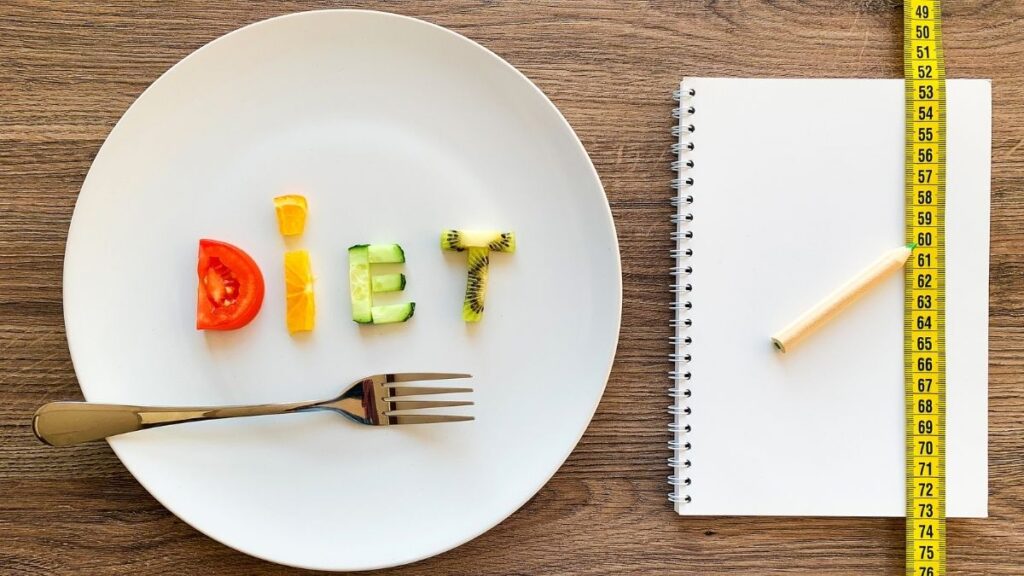
Here’s something that surprises most people: A large serving of low-potassium food can contain more potassium than a small serving of high-potassium food.
This comes from guidance by the National Institute of Diabetes and Digestive and Kidney Diseases (NIDDK).
Three cups of rice add up fast. A tiny piece of banana might be fine. It’s all about total amounts.
Use measuring cups at first. You need to see what one cup actually looks like. Most people eyeball portions and guess way wrong. After a few weeks, you’ll develop better visual estimates.
Balance your meals across the entire day. Don’t eat all your potassium at breakfast. Spread it between breakfast, lunch, and dinner. This keeps your blood levels more stable.
Write down what you eat for one week. You’ll spot patterns you never noticed before. Maybe you’re fine at meals but snacks push you over the edge. Or perhaps breakfast is your problem meal.
Make Smart Food Choices Without Giving Up Everything
Your Personalized Kidney Limits
Click on your CKD Stage to see your personalized daily limits for Sodium, Potassium, Phosphorus, and Protein!
You now know which “healthy” foods can hurt your kidneys: whole wheat bread, brown rice, avocados, bananas, nuts, dairy, and ultra-processed “health” foods.
But the 2025 research from the University of Wollongong reveals something hopeful. Diverse plant foods might actually help when you choose wisely. The old restriction rules were too harsh.
The key distinction is this: Avoid phosphorus and potassium ADDITIVES in processed foods. Natural sources in whole foods aren’t necessarily your enemy anymore.
Your kidney function is unique. What works for someone else might not work for you. A kidney dietitian can create a plan based on YOUR specific numbers and YOUR stage of kidney disease.
Managing your kidney-friendly diet doesn’t mean giving up flavor. It means making informed choices about foods to avoid with kidney disease while embracing the surprising foods that support your health.
Download a free “Kidney-Safe Food Swaps” printable checklist. Share this article with your healthcare team. Discuss which foods fit your specific kidney function numbers. Your diet should work for your life, not against it.

